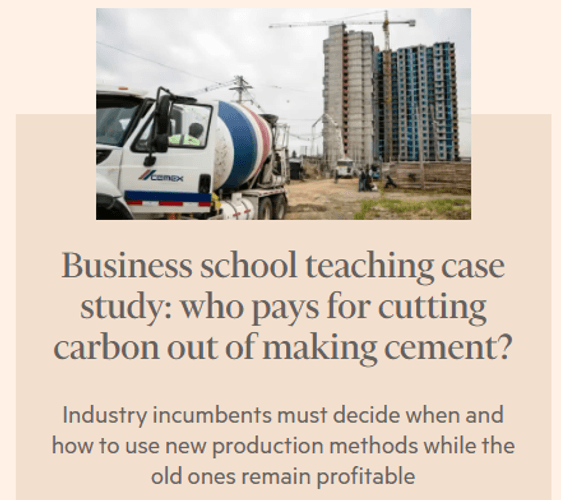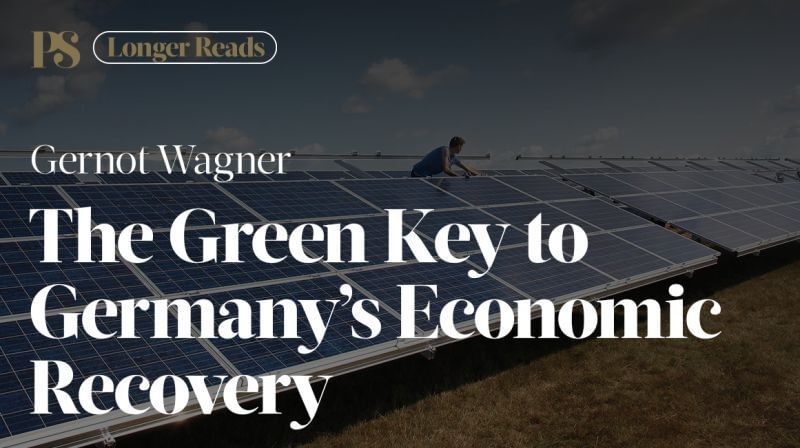Infrastructure means jobs
Jobs vs. environment is an old trope whose time has passed.

Read the full Risky Climate column at Bloomberg Green.
“Once you put capital money to work, jobs are created.”
These are not the words of President Joe Biden, announcing his administration’s infrastructure plan in Pittsburgh on Wednesday. Nor were they the words of Transportation Secretary Pete Buttigieg, standing on a train platform to announce expanded service, or of any of the administration’s economists charged with touting the virtues of the $2.25 trillion spending plan.
It was Michael Morris, then-CEO of Ohio utility American Electric Power, who uttered them on an investor call a decade ago. AEP was fighting an Environmental Protection Agency proposal to reduce mercury and other pollutants from power plants, citing the expense of creating jobs to install new scrubbers on smokestacks or build cleaner plants. Morris, taking his fiduciary responsibility to the utility’s investors seriously, argued these new roles would come at a cost to AEP and were, thus, bad. What he did not question, and correctly so, was whether more investments would indeed create more jobs.
All that held particularly true in 2011 since the economy, slowly emerging from the Great Recession, was far from full employment. As Josh Bivens, an economist at the Economic Policy Institute, testified at the time in favor of EPA’s air toxins rules: “There is no better time than now, from a job-creation perspective, to move forward with these rules.”
The economy is once again far from full employment. That made the $1.9 trillion American Rescue Plan, passed last month, so important. It is also a clear point for passing the infrastructure package now, and for spending the money soon.
“Jobs versus the environment” is an old trope. There are indeed some real tradeoffs. When a tree cannot be cut to protect the northern spotted owl, the tree cutter is out of a job. Climate is different.
Continue reading at Bloomberg Green.


